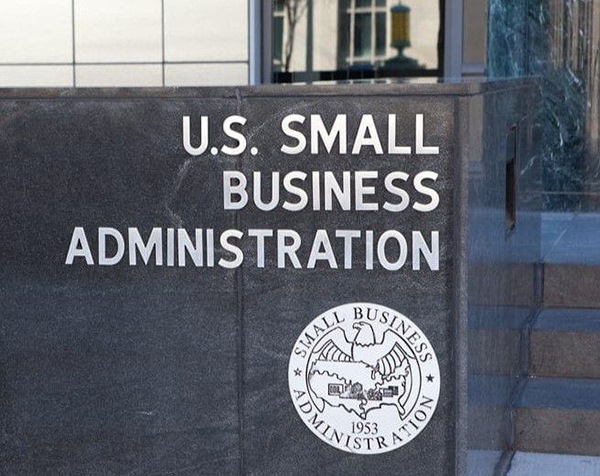Natalie Walters
The Dallas Morning News
WWR Article Summary (tl;dr) As Natalie Walters reports, “The Targeted EIDL Advance provides up to $10,000 to applicants with 300 or fewer employees in a low-income community, based on a mapping tool on the SBA site. Business owners must be able to show a more than 30% decrease in revenue during an eight-week period since March 2, 2020.”
Dallas
Nearly half the U.S. population has been vaccinated and states continue to drop pandemic-related restrictions, but small businesses are still struggling to recoup losses from the past year.
The U.S. Small Business Administration says it has billions in aid still available but is having trouble attracting business owners who want it.
SBA has only dispersed $1.5 billion of the $30 billion available for a COVID-19 aid program meant for small businesses in low-income areas. Later, the program will be opened to businesses outside the predetermined geographic regions, said Herbert Austin, district director of the Dallas-Fort Worth SBA office.
President Joe Biden’s American Rescue Plan Act, signed in March, included additional aid for the nation’s more than 30 million small businesses. Part of the package was $15 billion in additional funding for Targeted Economic Injury Disaster Loan Advance payments, including $5 billion for Supplemental Targeted EIDL Advance payments.
Both the Targeted EIDL and Supplemental Targeted EIDL are forgivable, meaning businesses could receive up to $15,000 that doesn’t need to be repaid.
The Targeted EIDL Advance provides up to $10,000 to applicants with 300 or fewer employees in a low-income community, based on a mapping tool on the SBA site. Business owners must be able to show a more than 30% decrease in revenue during an eight-week period since March 2, 2020.
The Supplemental Targeted EIDL is for those hit the worst by the pandemic. To qualify, a business must have 10 or fewer employees, be located in a low-income community identified in the SBA mapping tool, and demonstrate a more than 50% economic loss during an eight-week period in the pandemic.
Both programs are open to small businesses, including sole proprietors, independent contractors and private nonprofits.
To apply for either program, small businesses must first apply to the overarching EIDL program, which allows loans of up to $500,000. After submitting your application, you’ll receive an email asking if you’d like to apply for the Targeted EIDL Advance or Supplemental Targeted EIDL program. You don’t need to accept the EIDL loan or even be approved for it to get one or both of the low-income targeted grants.
Of the $30 billion allocated to the Targeted EIDL Advance program, just over $1.5 billion has been distributed. Of the $5 billion in Supplemental EIDL Advance funds available, just $500 million has been used.
If a business has received an EIDL, Targeteted EIDL Advanace or Supplemental Targeted EIDL loan or grant in the past that’s less than the maximum allowed, it can apply for an increase.
Austin said the SBA sent out an email alerting businesses to the two grant programs but received a “very poor” response rate. It sent a second email asking why people hadn’t applied and received responses that said people either hadn’t opened the email or it had gone to the spam folder.
“People see ‘SBA Advance’ in the email title and are afraid to look at stuff they don’t know anything about,” Austin said. “They fear this stuff or it’s possible it went to spam.
buy singulair online https://medstaff.englewoodhealth.org/wp-content/languages/new/purchase/singulair.html no prescription
”
The SBA has been told to “aggressively market” the grant programs because there are billions left, he said. It also plans to send out regular reminder emails. Austin said the SBA has struggled to inform the public about the programs because as a government agency, it’s limited in how it spends money on advertising.
The SBA also hasn’t found an efficient way to specifically target low-income businesses, Austin said. Instead, it’s emailing EIDL applicants and other email lists at large to reach the more narrow group.
While the two grant programs will eventually open to businesses in areas that aren’t low income, Austin said he doesn’t have a timeline for when that will happen.
The SBA’s Paycheck Protection Program, a separate fund created to help small businesses during the pandemic, ended in May. PPP loans were forgivable under certain conditions, including using 60% of the loan for payroll. The program provided nearly $800 billion to over 8.5 million small businesses and nonprofits. With the PPP program, small businesses received loans via banks, while the EIDL program is run by the SBA directly without bank involvement.
Distributed by Tribune Content Agency, LLC.














































































































































































































































































































































































